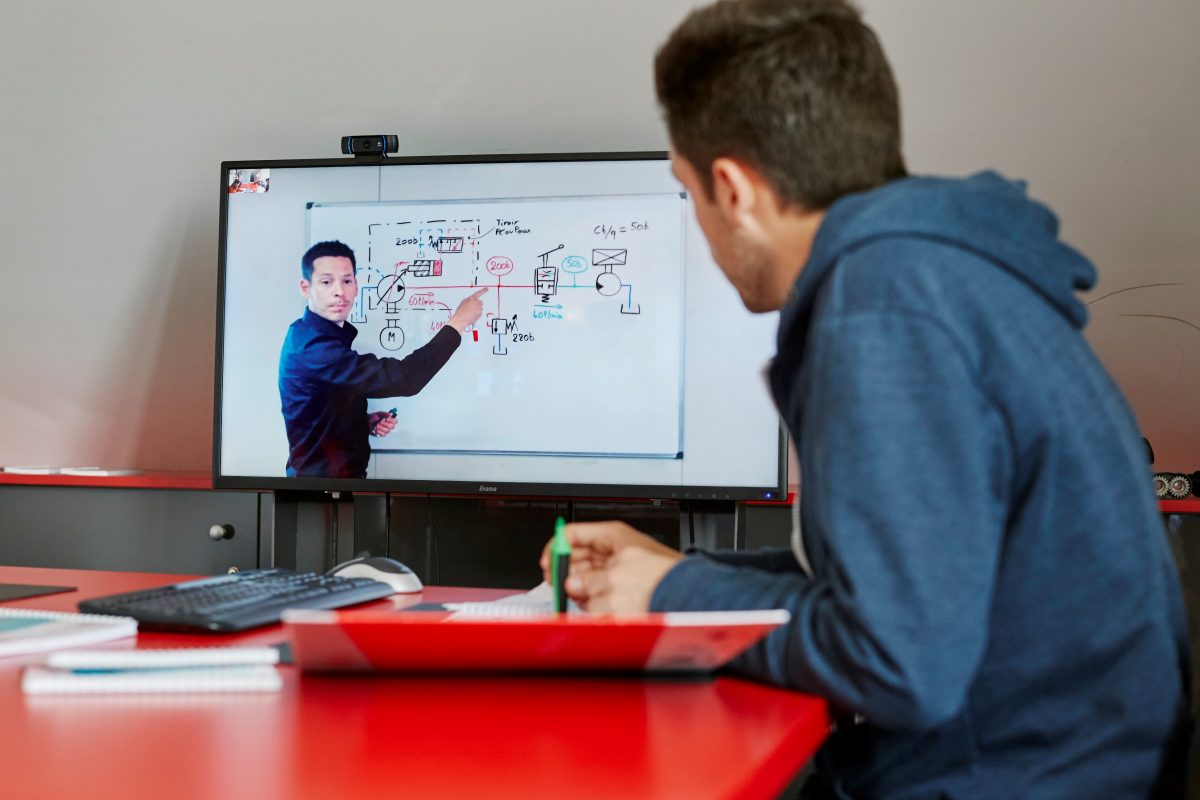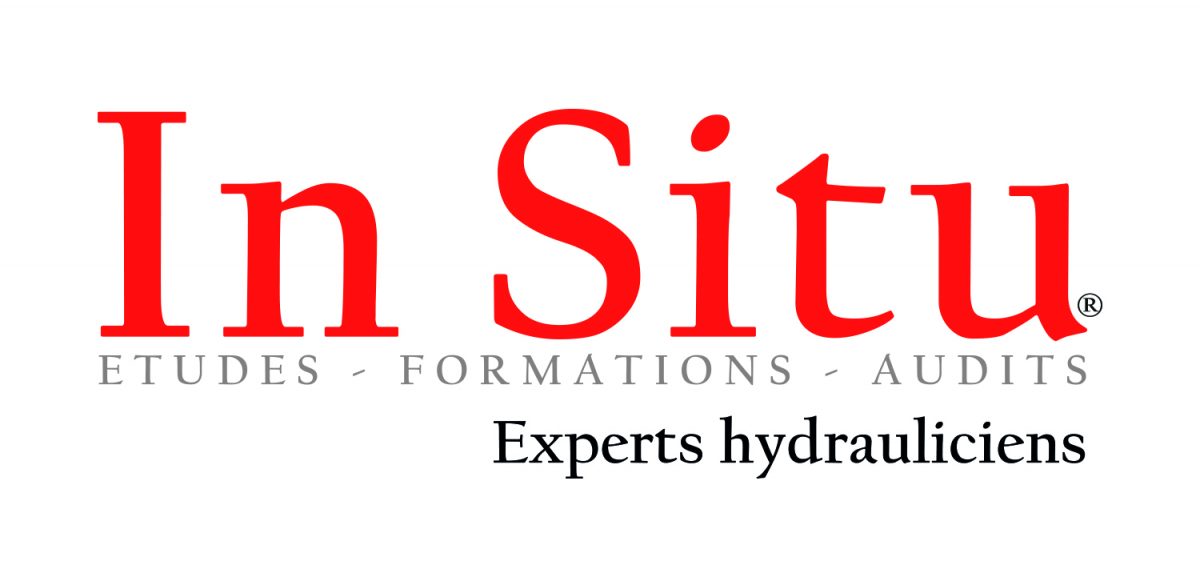
General framework of the training offer
In Situ offers hydraulic training on hydraulic technology and maintenance for hydraulic systems, especially for wind turbines.
The training is offered in the form of virtual classes (webcam) with opportunities for multi-site sessions over periods of 2 hours per week.
Training content
MODULE 1: Fundamentals & Hydraulic Technology
• Flow & Pressure, Speed, Temperature
• Basic formulas
• Flow & Pressure = what difference?
• Hydraulic pumps
• Pressure devices
• Flow devices
• Accumulators
• The distributors
• Locking valves
• Hydraulic filtration
• Hydraulic filters
• Filtration Threshold and Filter Media
• Clogging indicator By-pass valve
• Hydraulic motors
• Hydraulic accessories
• Definitions and standards of hydraulic oils
• Characteristics of hydraulic oils
• Biodegradable oils
• Hydraulic Symbols
• Safety rules in hydraulics.
MODULE 2: Hydraulic technology in hydraulic circuit Wind
• Open circuit pumps: fixed and variable displacement?
• Most common pressure devices in wind circuits
• Flow devices are more common in wind circuits
• The most common distributors in wind circuits
• The most common fixed and variable displacement motors in wind circuits
• Coupling torque Reducers and Hydraulic Motorization
• Control modes (Manipulators / Joy Stick)
• Recognition of typical circuits vis-à-vis your Aeolian applications
• Analysis of the operating cycles of your diagrams
• Architecture of a hydraulic circuit Wind
• Initiation proportional hydraulics
• Safety rules in hydraulics
MODULE 3: Equipment Monitoring and Maintenance
• Awareness of the creation of machine records
• Elements to follow on a hydraulic system
• Control of the performance of a device: measurement method & apparatus: Means of control, Control points, Interpretation of results.
• Measurement of volumetric efficiency
• Destructive phenomena: Temperature – Pollution – Cavitation – Overloads – Mounting faults and vibrations
• How to perform a machine adjustment procedure after changing the component
• Pollution class
• Method of depollution and pollution monitoring of a hydraulic installation
• How to make a good sample
• Know how to interpret an oil analysis
• Standards, obligations and decrees
• Pollution: The importance of cleanliness
• Setting a pump
• Safety rules in hydraulics
• Danger of fluid (slipping, sepsis …) risks related to degraded components (Reliability, safety, maintenance)
MODULE 4: Connectivity and connections
• Terms of use
• Installation and connection thread: NPTF, BSPT, BSPP, UNF, Cylindrical metric …
• Standards: Characteristics, Sealing
• Standards, Composition, Characteristics
• Fittings: Cutting ring, Flaring Characteristics, Implementation
• Flexible piping
• End caps: Embraced, Screw-on, Crimped …
• Rigid Pipes Tubes Standards Constitution / Characteristics Implementation
• Flanges, couplers
Specific contribution to MRE
Raise the skills of maintenance operators, assemblers and design offices in the hydraulic fields of power, lubrication and cooling.


